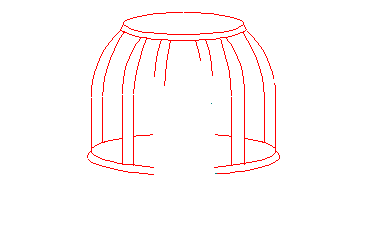Islamic approach

Front and side-views of Islamic approach

Islamic approach

Front and side-views of Islamic approach

In the 10th century the first of many dynasties ruled by Islamic sultans captured Delhi and made it a power base for governing northern India. To celebrate the triumph of Islam, these sultans erected architectural monuments of outstanding sophistician and beauty. Distinctive in style, Islamic architects are prohibited from using images, even though floral decoration is sometimes used. Instead they work in pure geometric designs, reflecting the abstract definition of Allah. Mosques usually have tall minarets used by an official to call the faithful to prayer. Exerpts from the holy book of Islam, the Koran are carved on the walls. In deference to India's hot climate mosques are largely open structures extensively using marble and sandstone. Taj Mahal, the magnificient tomb that ShahJahan ordered built for his wife beside the Jumna river is the crowning glory of Indian Islamic art.